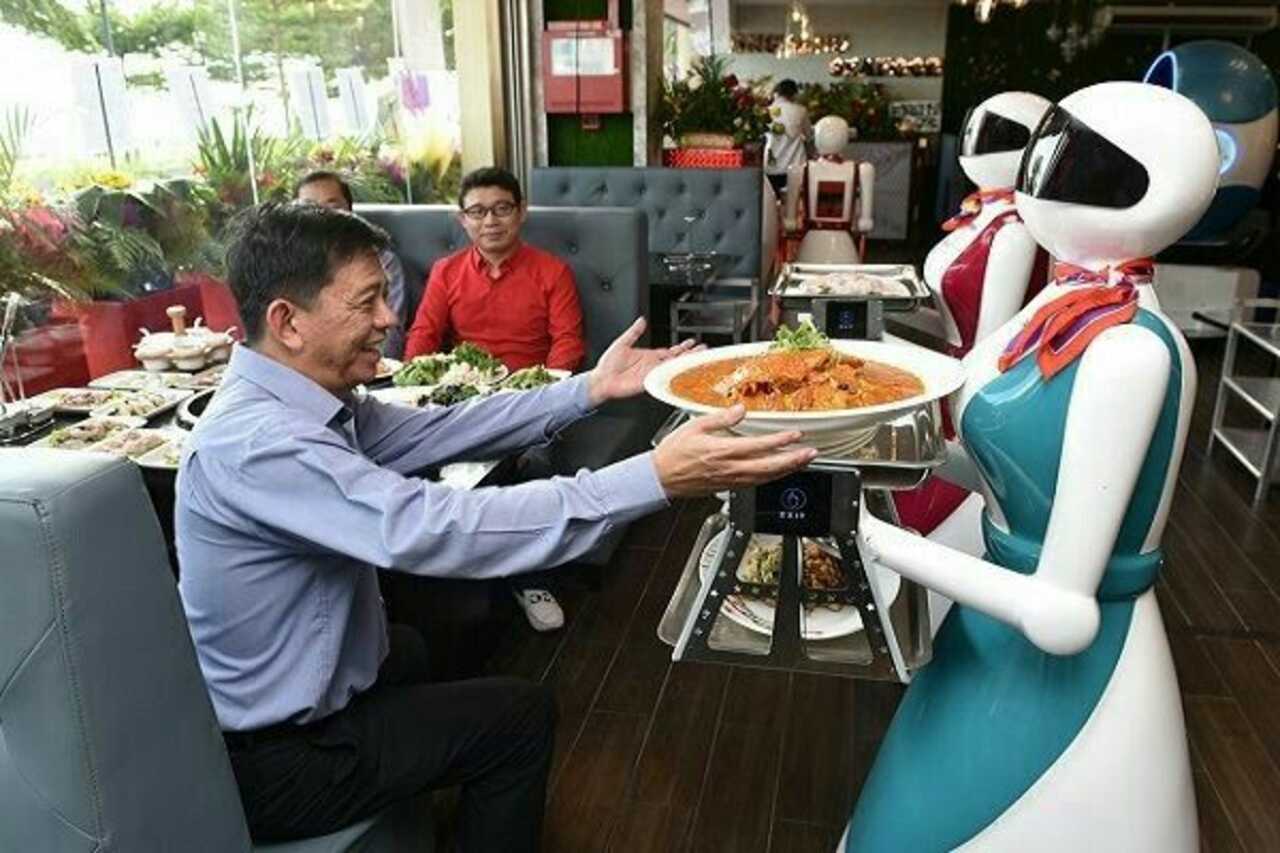Introducing a restaurant robot as a food server has sparked much debate in the restaurant industry. While some view these robots as a way to improve efficiency and provide better customer service, others are concerned about their impact on employment and the overall dining experience. In this article, we will explore both the pros and cons of implementing food-serving robots in restaurants.
Table of Contents
Increased Efficiency:
A notable advantage of using restaurant robots as food servers is increased efficiency. These robots are designed to work quickly and efficiently, ensuring that customers receive their food in a timely manner. Additionally, restaurant robots can operate 24/7, which is not possible for human servers. This means that customers can enjoy the same level of service and quality, regardless of the time of day.
A great mention is of the AI delivery robot Lucki, a restaurant robot with numerous attributes to be employed as a food serving robot in restaurants. Lucki is an effective delivery robot which tends to raise the level of client satisfaction regarding perceived worth, psychological safety, and hospitality services. In addition, customers are sure to value Lucki’s ability to deliver goods in a clean environment. It features an advanced dual SLAM solution for full coverage in any scenario and has the ability to recognize location markers, avoid obstacles, and navigate accurately. Lucki also has a large wide-open tray with a total capacity of 40kg and is equipped with a microphone and speaker for clear communication. The robot can switch between multiple modes, including delivery, greeting, guidance, and cruise modes and provides basic services such as a voice package, scene mode, and a Q&A database.
Consistent Customer Service:

Another benefit of restaurant robots is that they can provide a consistent level of customer service. Human servers may have a bad day or be in a hurry, which can negatively impact their performance and the overall dining experience. With restaurant robots, customers can expect the same level of service every time they visit. These robots are also programmed to provide a polite and friendly experience, making customers feel more welcome and appreciated.
The Flip Side:
However, there are also several drawbacks to using restaurant robots as food servers. One of the biggest concerns is the potential impact on employment. As more and more restaurants adopt these robots, human servers will likely lose their jobs. This can be a negative effect on the local economy and could lead to a rise in unemployment. Additionally, human servers bring a personal touch to the dining experience that robots cannot replicate. As a result, some customers may feel that dining in a restaurant with robots is less enjoyable.
Conclusion
While there are many benefits to using restaurant robots as food servers, there are also several potential drawbacks. Therefore, restaurants must carefully weigh the pros and cons before implementing these robots. Ultimately, the success of restaurant robots will depend on the technology used, the cost, and the impact on employment and the overall dining experience.








